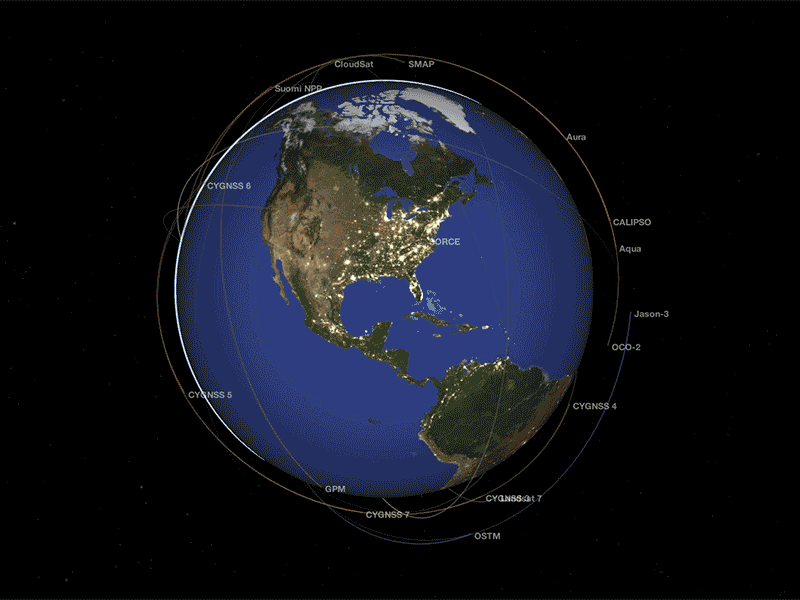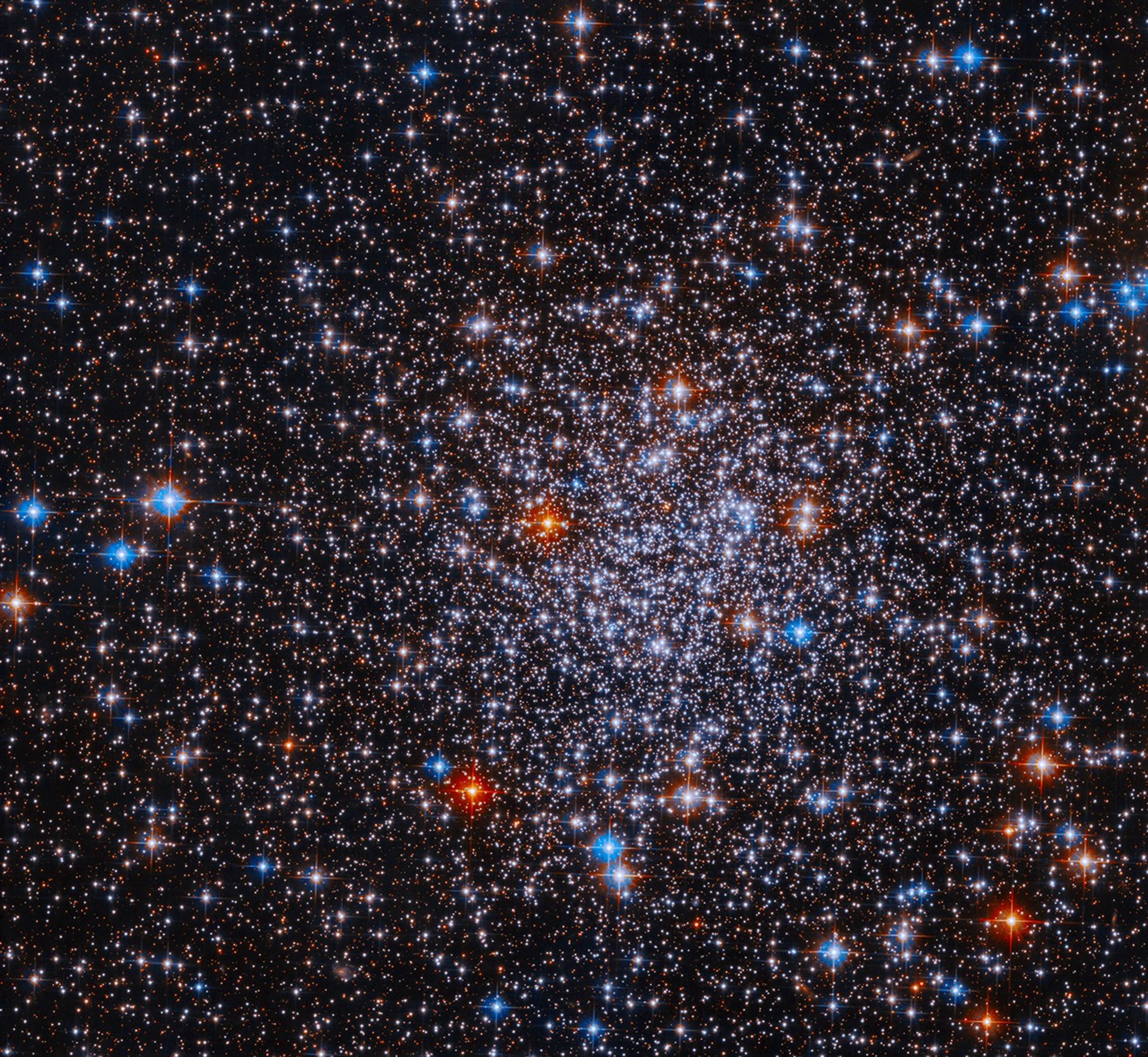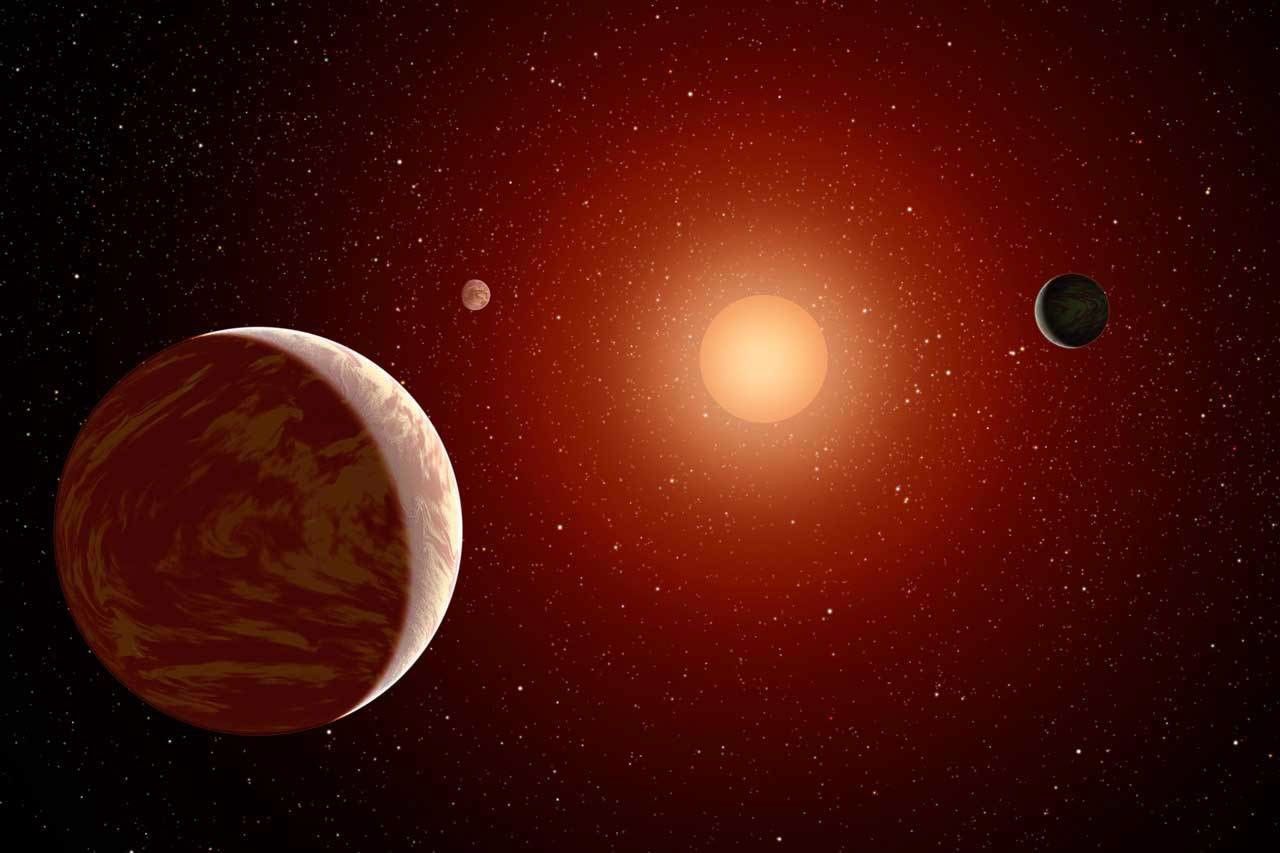NASA Science
NASA Science seeks to discover the secrets of the universe, search for life elsewhere, and protect and improve life on Earth and in space.
July's featured image
help do nasa science
Discover our sun

Featured Missions
Our mission milestones showcase the breadth and depth of NASA science.
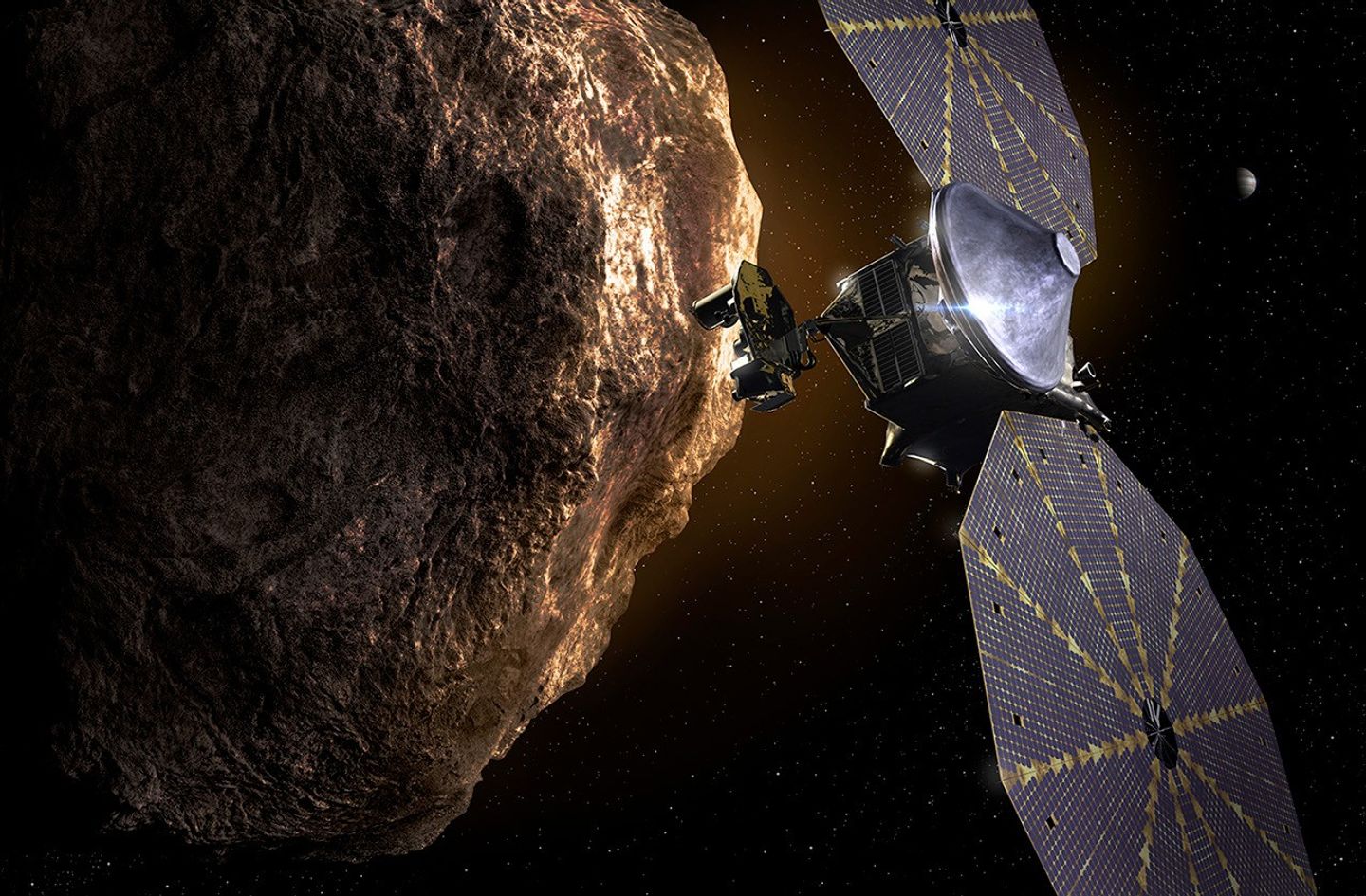
Lucy
The Lucy mission captured stunning, detailed images of asteroid Donaldjohanson during a fly by on April 20, 2025, as the spacecraft heads towards the distant Trojan asteroids.

NEO Surveyor
NEO Surveyor is expected to launch no earlier than September 2027. It is the first space telescope specifically designed to hunt asteroids and comets that may be potential hazards to Earth.

PACE
PACE is celebrating one year in orbit, tracking ocean health, air quality, and climate. Its data is helping us understand how carbon moves between the ocean and atmosphere.
What’s Up: July 2025 Skywatching Tips from NASA
Look for Mars in the evening, Venus and Jupiter in the morning, and find the eagle constellation, Aquila, soaring overhead.
More skywatching tips for July3 Years of Science: 10 Cosmic Surprises from NASA’s Webb Telescope
Since July 2022, NASA’s James Webb Space Telescope has been unwaveringly focused on our universe. With its unprecedented power to…
Read the Story
Universo curioso de la NASA está de vuelta
El pódcast de la NASA en español está de regreso para llevarte a un tour por las estrellas de la mano de nuestros expertos. En el primer episodio de la tercera temporada, hacemos una primera escala en el polo sur lunar, a donde llegarán los astronautas de nuestras misiones Artemis.
Escucha aquí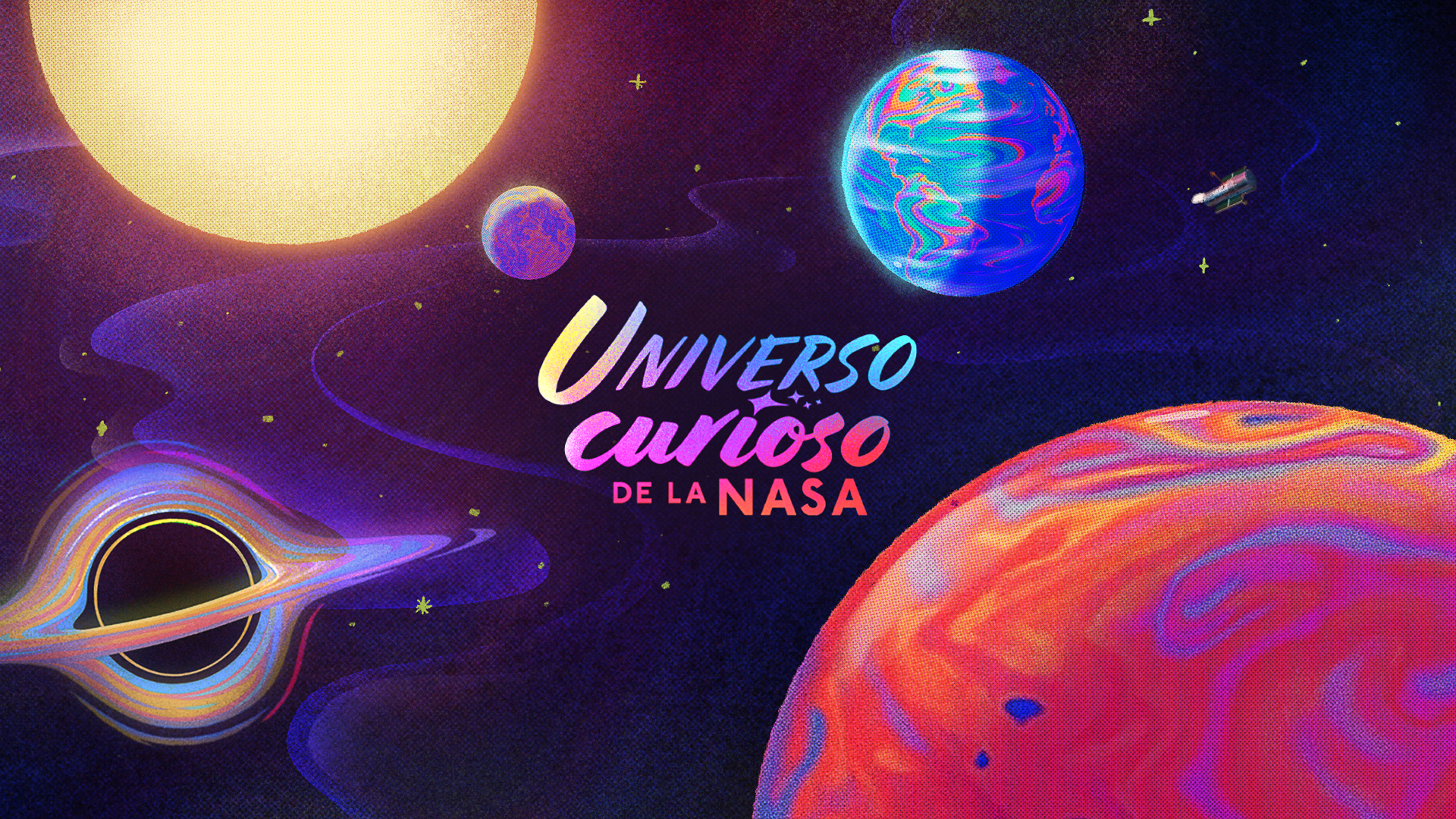
Astrophysics
Studying the universe, pushing the boundaries of what is known of the cosmos, and sharing its discoveries for all of humanity.
Dive into the Universe about Astrophysics
How we Look at Earth
Nicky Notes
To the NASA Science Community – As the nation’s leader in Earth and space science, NASA Science operates within the broader context of the federal government and its priorities. As part of the Executive Branch, we are always responsive to the direction set by the Administration, including executive orders and policy guidance that relate to our programs and activities.
Continue reading Nicky Notes…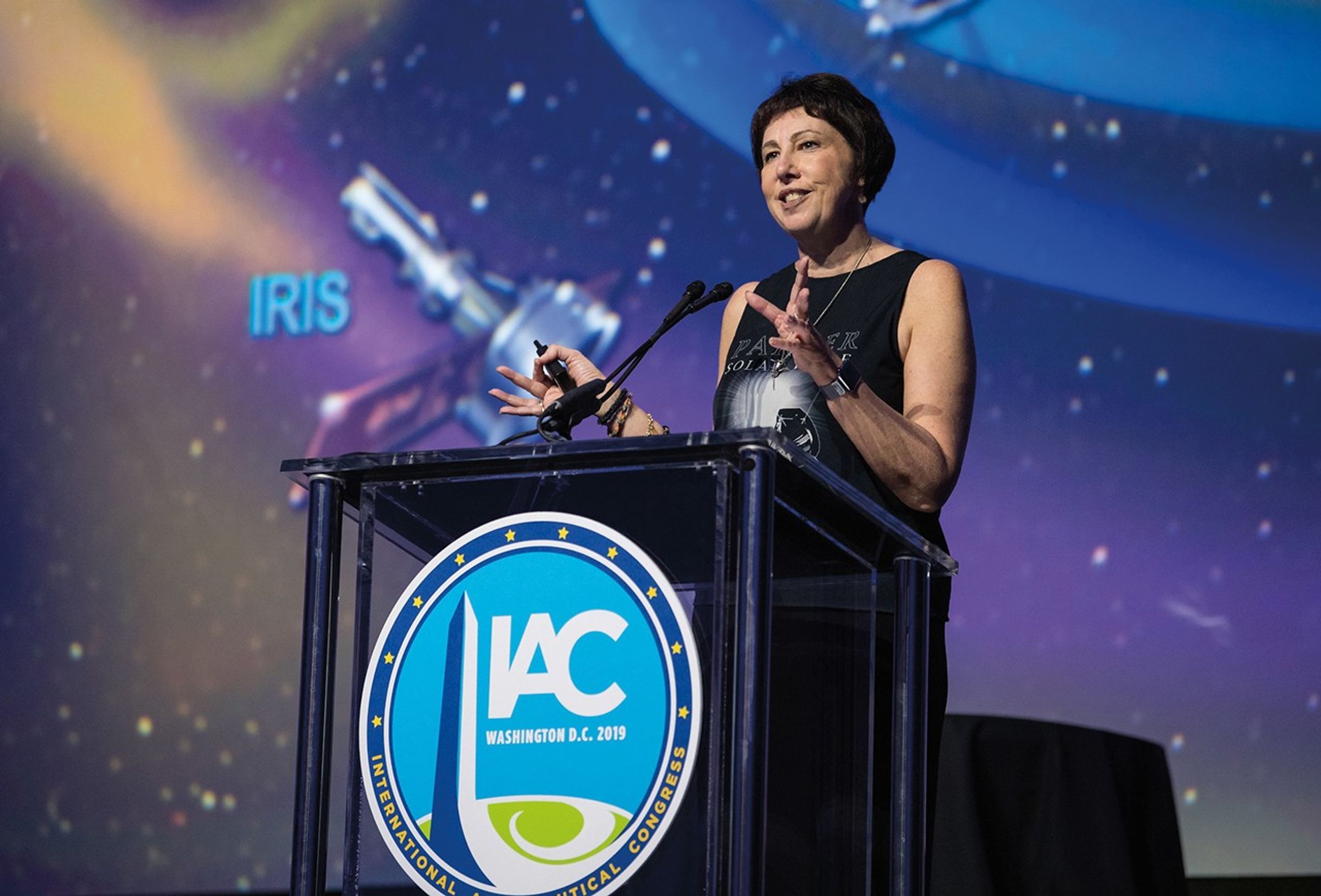
Explore our changing planet
Earth is our home, shared with millions of species. Rapid changes like rising temperatures and more frequent extreme weather are transforming our planet. For over 50 years, observations from space and ground have monitored these changes, guiding critical decisions in areas like agriculture and air quality. By understanding how our actions affect Earth's systems, we can help mitigate these impacts. Discover more about how you can make a difference in safeguarding our planet.
Visit the Earth Information Center